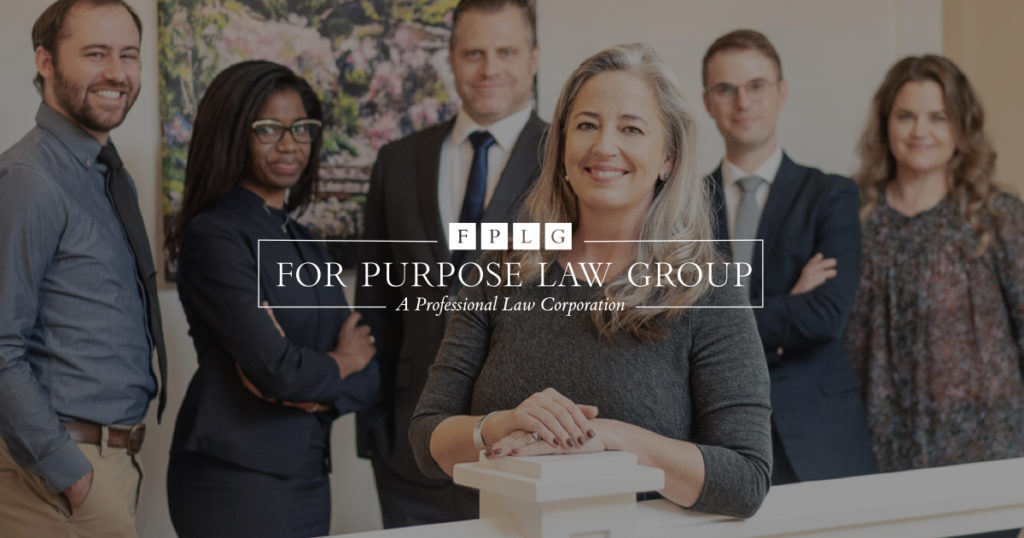
Final CA Crowdfunding Regulations - At Last!
04.11.2024 | Linda J. Rosenthal, JD

The website has disappeared.
After almost 15 years of philanthropic leadership in the City of Chicago, including grants and pledges worth more than $100 million to a wide array of institutions, The Kenneth & Anne Griffin Foundation will close.
It will be just one more victim of the increasingly ugly – and very public – divorce between billionaire hedge-fund founder Griffin and his money-manager wife. She asserts she left behind her own thriving career to “build the family’s civic and philanthropic interests through the . . . Foundation” and her LinkedIn profile describes her as the “guiding force” behind it. She is the co-president of the charity.
She is “saddened” though, because she was not included or involved in the decision to shutter the foundation. It will likely be consolidated into the foundation of Mr. Griffin’s firm, and “all pledges made by the Griffin Foundation will be funded in their entirety.”
With the soaring divorce rate, many vibrant, successful enterprises – both for-profit and nonprofit – are drawn into that chaos and confusion, and are destroyed unnecessarily.
But a marital split is just one of a number of events that can affect the future and viability of a family foundation. Just as there is a need for closely held, family businesses to make comprehensive advance plans for contingencies including divorce and death, family foundations must also face these likely – or inevitable – events. And – unlike the circumstances in a profit-making family business – what happens in, and to, a charitable foundation is subject to public oversight and government accountability.
As the Griffin divorce demonstrates, there can be complexities even in the matter of who makes decisions about the future of the charity. Mr. Griffin appears to have made certain unilateral moves, but Mrs. Griffin may have equal rights and authority as a co-executive officer.
Leading philanthropists Bill & Melinda Gates have taken a novel, creative approach to overall strategic planning for their family foundation. They have directed that the foundation have a limited life span: All resources will be spent within 20 years after their deaths. The purpose is to make their charity more efficient and relevant.
Most large charitable foundations have no set termination date, but under general principles of corporate law, will continue in existence indefinitely. That may or may not be a good idea. Younger family members or descendants may have little interest in, or ability to, run a philanthropic trust. And the projects and causes that the foundation was created to support may no longer exist. The organization’s assets may better be put to use by spending them down after a designated period of time or transferring them to a newer foundation guided by a new generation of philanthropic visionaries.
